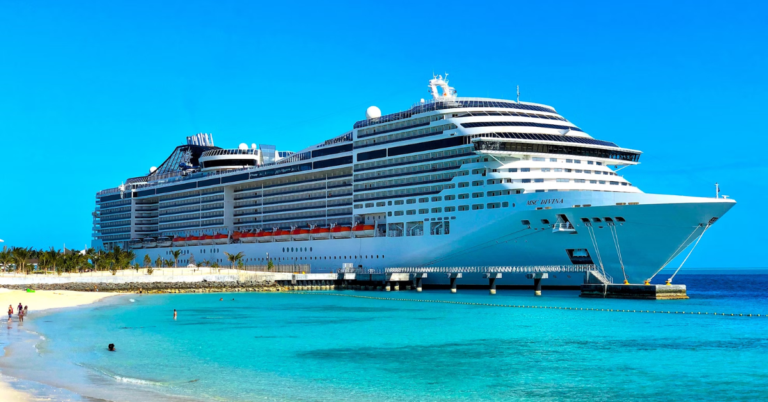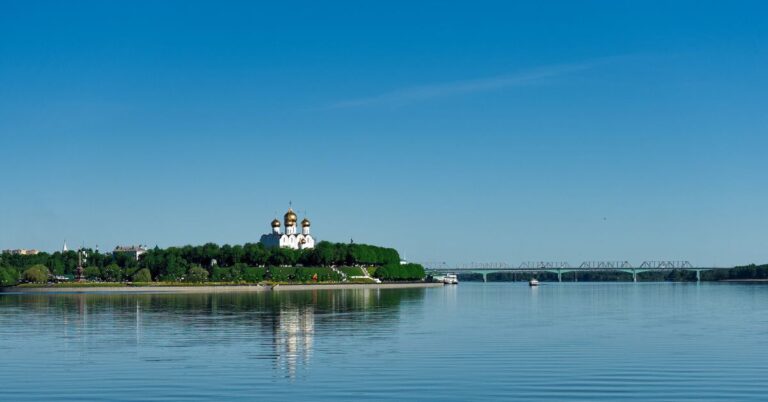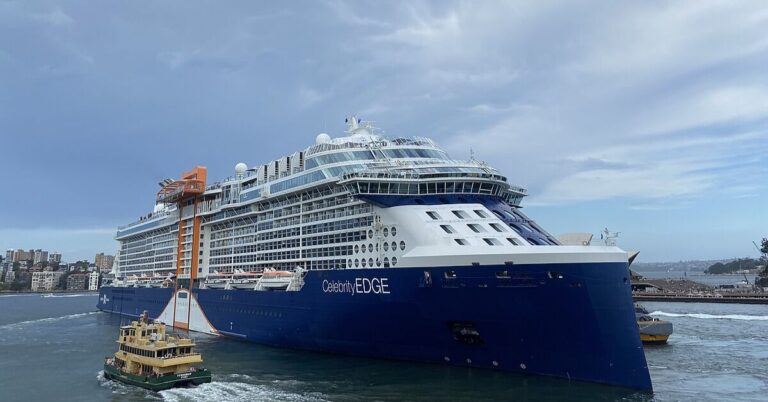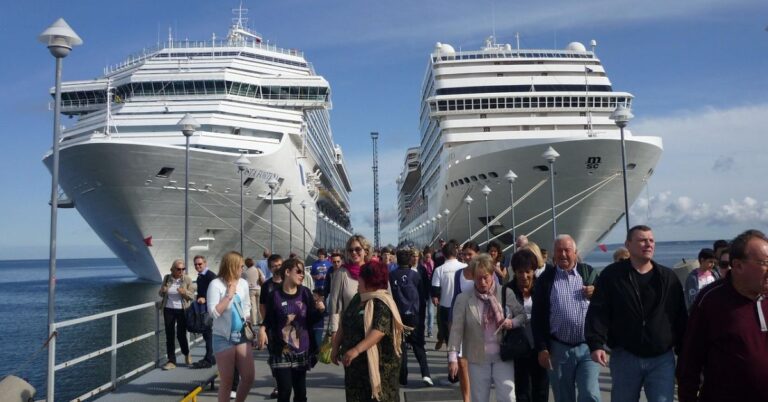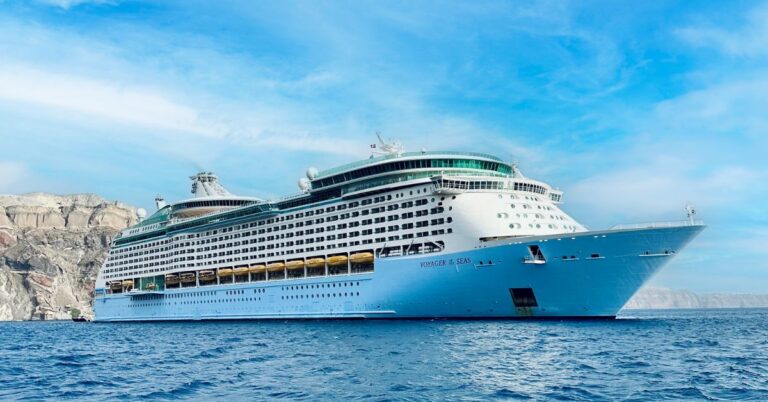Haunting Stories From The Past On The High Seas

Cruise ships promise luxury and sunshine, but some carry darker histories. Eerie ghost sightings and tragic disasters have left their mark on the high seas, turning once-luxurious voyages into chilling legends. These are 25 of the spookiest and the worst of the lot.
The Titanic Tragedy

A ship called “unsinkable” dared fate and lost. The Titanic’s 1912 voyage ended in a catastrophic collision with an iceberg, killing over 1,500 people, including 815 passengers and 699 crew. A lack of lifeboats doomed hundreds as the mighty liner vanished beneath the Atlantic’s icy grip.
The Lusitania
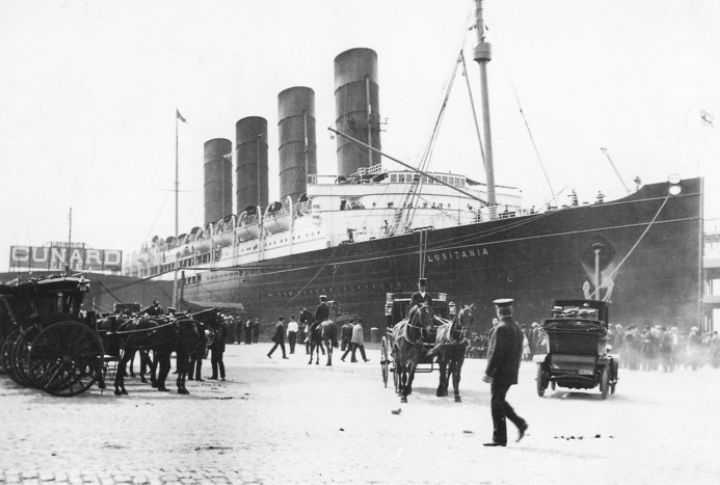
One minute, passengers were enjoying a transatlantic voyage. Next, a German U-boat, the RMS Empress, sent it to the ocean floor in just 18 minutes. Nearly 1,200 perished, and the world was shoved closer to World War I. War and leisure travel? Not the greatest combination.
The SS America Mutiny

If Overcrowding was not enough, food shortages paired with a mechanical meltdown turned the SS America’s 1978 voyage into a waking nightmare. Desperate passengers were pushed to the edge and took matters into their own hands. Then, authorities impounded the ship, and the company’s reputation nosedived.
The Wilhelm Gustloff
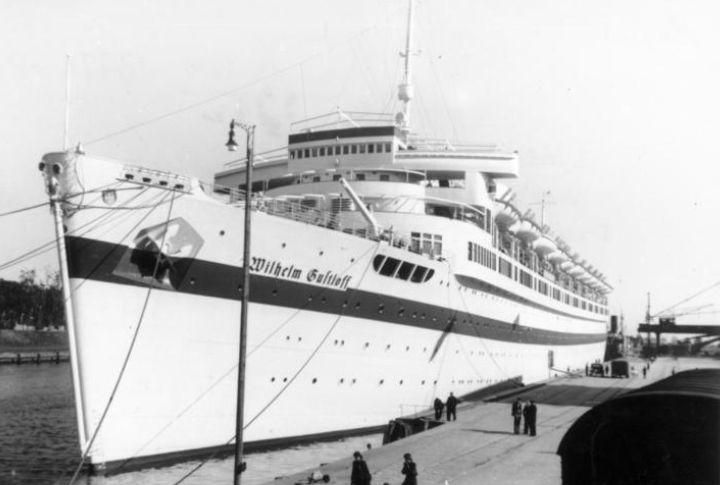
Most have never heard of it, yet it remains the deadliest maritime disaster. In 1945, the Wilhelm Gustloff, packed with thousands fleeing war-torn Europe, was torpedoed by a Soviet submarine. Over 9,000 souls were estimated to have been lost. It is a tragedy overshadowed by history’s larger narratives.
The Costa Concordia

Sailing too close to shore, the Costa Concordia struck a reef and partially capsized—a textbook case of arrogance over caution. The captain abandoned the ship while 32 people, including 27 passengers and five crew, perished. A reckless disaster proved that when vanity takes the wheel, catastrophe isn’t far behind.
The Horror Of Slave Ships
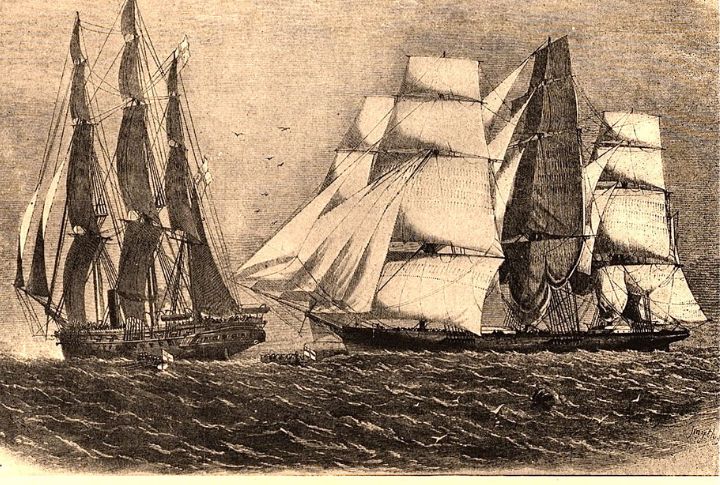
Disease spread like wildfire, and starvation was the norm on these ships. Survival under these circumstances was nothing more than a cruel gamble. Crammed into suffocating quarters, enslaved people endured horrors beyond imagination. For centuries, countless souls never even reached their destination.
Piracy On The High Seas
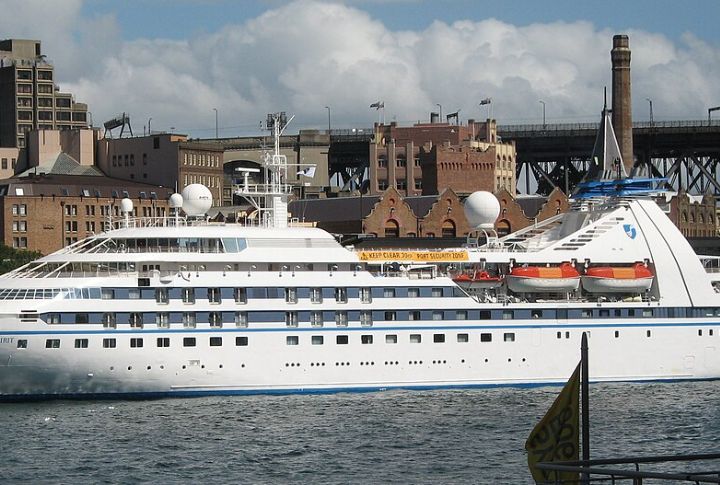
In 2005, Somali pirates hijacked the Seabourn Spirit, which proved that piracy isn’t just a thing of the history books. Armed with rifles and rocket-propelled grenades, they attacked the luxury liner that forced desperate evasive maneuvers. Today, cruise ships still order passengers to stay silent in the dark sometimes.
The SS Eastland
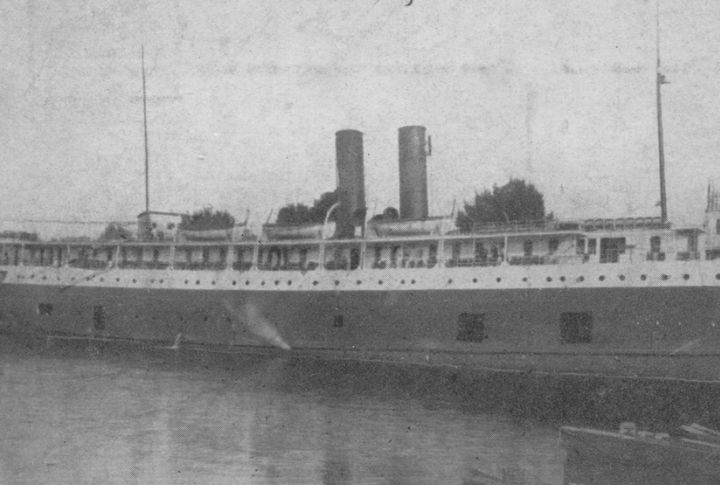
Top-heavy ships aren’t exactly a stroke of genius. In 1915, the SS Eastland proved that when it rolled over in the Chicago River, it drowned 844 people. The ship was still tied up to the dock. Who knew a cruise ship could be deadly without even getting to set sail on the waters?
The SS Morro Castle Fire
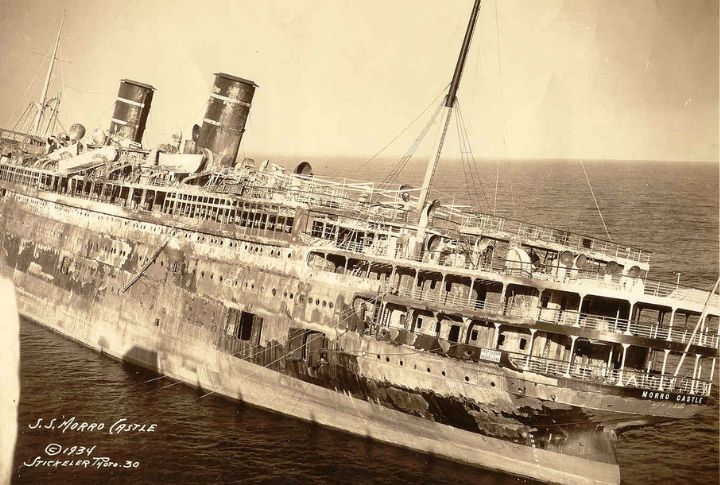
One moment, a routine voyage. The next is an inferno. In 1934, the SS Morro Castle burst into flames, killing 137 passengers. Was it an accident or arson? The mystery still lingers, but one thing’s clear: fire safety laws changed forever after this horrific incident.
The MV Joyita
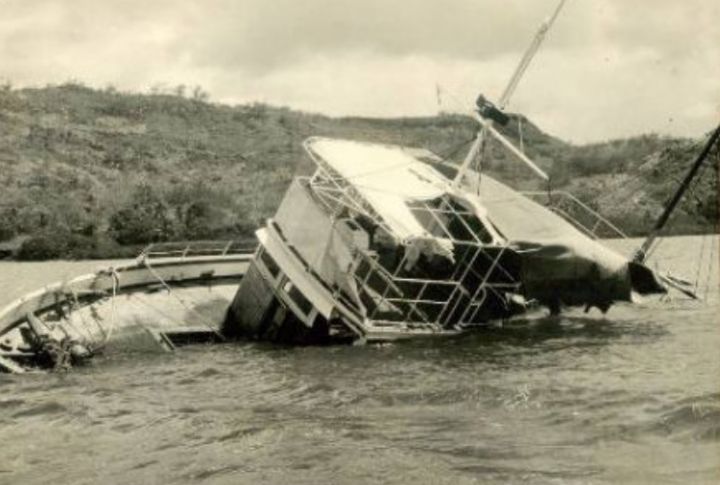
The ship itself was eerily intact, yet its crew had vanished without a trace. It is unclear if it was because of pirates or mutiny to this day. No one ever found the missing 25 people. In 1955, the MV Joyita was discovered adrift in the Pacific, its decks silent, its mystery unsolved.
The M.S. Estonia
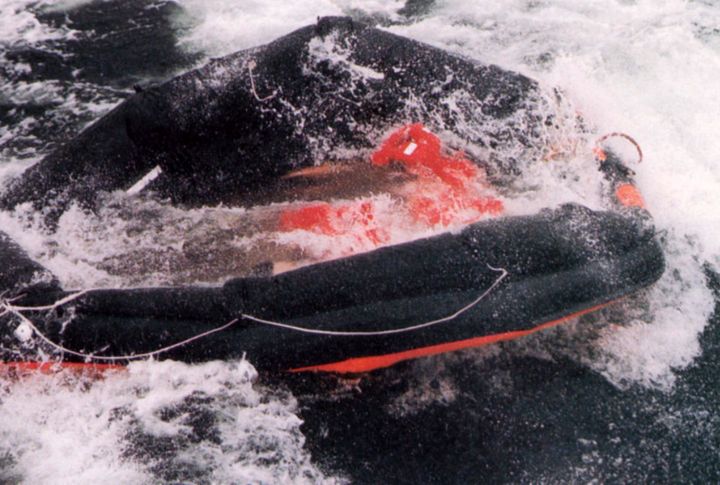
A violent storm, a failed bow visor, and 852 lives lost. The M.S. Estonia’s 1994 sinking remains one of the worst maritime disasters of the recent past. Survivors described chaos—water rushing in, people trapped, and a desperate scramble for lifeboats that weren’t enough.
The Wreck Of The Medusa (1816)

The French frigate Meduse ran aground near the Arguin Bank off Senegal, stranding 147 on a makeshift raft as officers and crew fled. After 13 days of starvation and cannibalism, only 15 survived. The tragedy inspired Gericault’s haunting 1819 masterpiece, “The Raft of the Medusa”.
The SS Princess Sophia
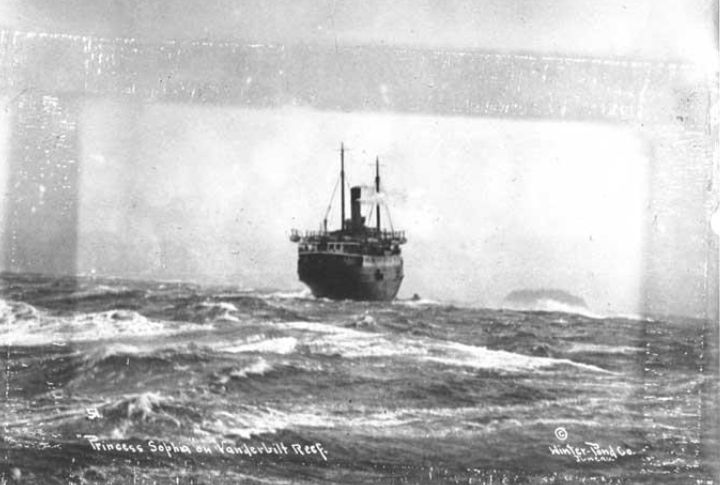
Battered by waves and stranded in an icy storm, the SS Princess Sophia met a tragic end in 1918. It ran aground at the Vanderbilt Reef a little South of Skagway. Unable to escape nature’s fury, the ship sank, taking all 343 passengers.
The Batavia Mutiny (1629)
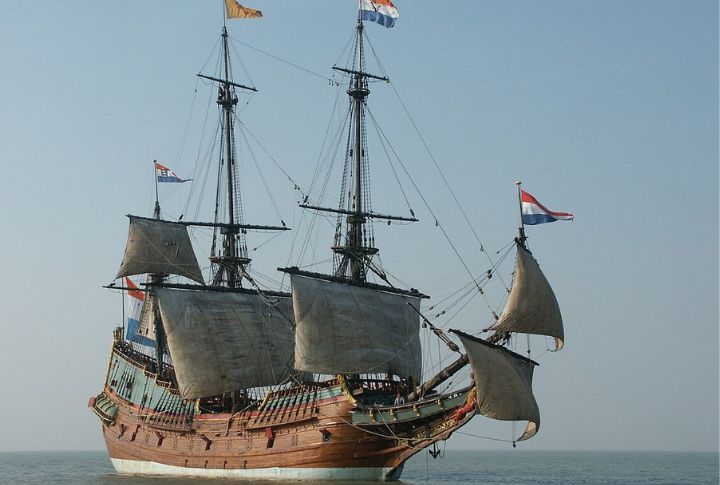
After running aground on a reef in the Houtman Abrolhos, Batavia’s survivors faced pure horror. Jeronimus Cornelisz, a bankrupt pharmacist, led a mutiny, orchestrating the brutal murder of almost 125 people. A rescue mission months later captured the mutineers, and most were swiftly executed after a makeshift trial.
The SS Arctic
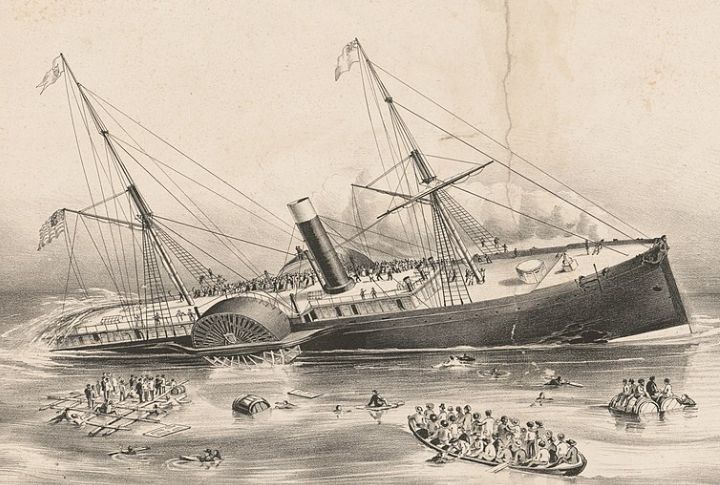
In 1854, the SS Arctic, a paddle steamer, collided with another ship, but its biggest crime wasn’t sinking—it was the crew saving themselves while passengers drowned. Over 300 people died, and the ship’s reputation? Dead on arrival, a disgrace cemented by the sheer cowardice of those in charge.
The SS Valencia
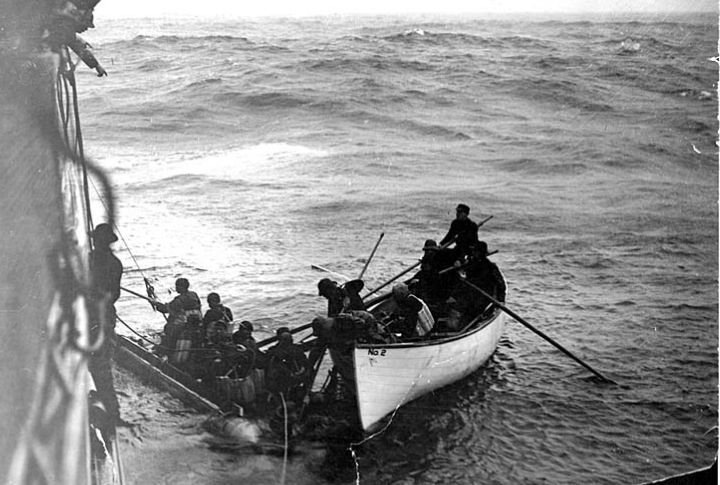
The SS Valencia’s wreck became legendary after sinking in the southwest of Vancouver Island off Cape Beale in 1906. Survivors spoke of desperate last moments, and to this day, ghostly lifeboats are said to appear near the site. This is just another reason to avoid foggy waters at night.
The MS Achille Lauro

The industry was shaken when terrorists hijacked the MS Achille Lauro in 1985, which proved that even pleasure cruises weren’t safe from global threats. They took control of the ship and demanded ransoms. It resulted in the execution of an American passenger. Then, it all descended into terror.
The RMS Empress Of Ireland
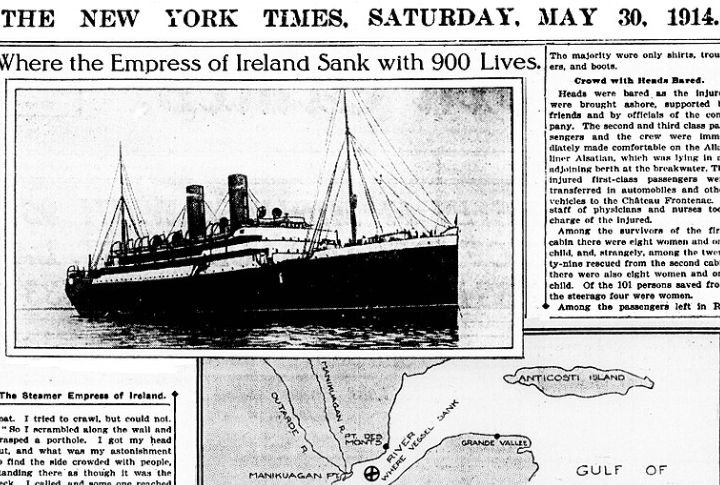
Unlike the Titanic, few remember the maritime catastrophe of the RMS Empress of Ireland. In 1914, hundreds of people were sent overboard into the waters that were almost freezing. The foggy collision with a Norwegian ship sent 1,012 passengers to their deaths.
The Mary Celeste

The Mary Celeste was found adrift near the Azores—seaworthy yet abandoned under baffling circumstances. Its cargo of industrial alcohol remained largely intact, though the longboat was missing. On December 5, 1872, the Dei Gratia’s crew discovered it deserted. Theories abound, but its crew’s fate remains unsolved.
The Admiral Nakhimov
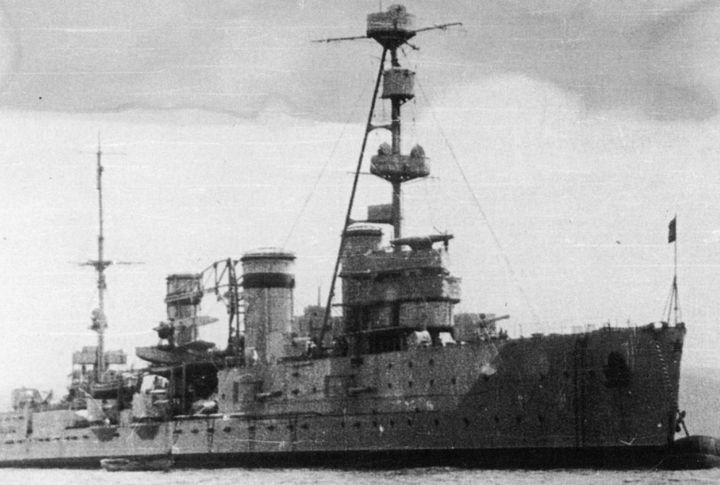
On August 31, 1986, a Soviet passenger liner, Admiral Nakhimov, struck the bulk carrier Pyotr Vasev near Novorossiysk. A massive hull breach caused it to sink in a shocking seven minutes, killing 423 out of 1,234 aboard. Chaos and ignored radar warnings led to the disaster.
The Oceanos

When the Oceanos sank off South Africa in 1991, its captain and officers abandoned passengers to fend for themselves. Entertainer Moss Hills took charge by coordinating a daring rescue that saved everyone on board. He was the unexpected hero who emerged when leadership failed.
The Tek Sing
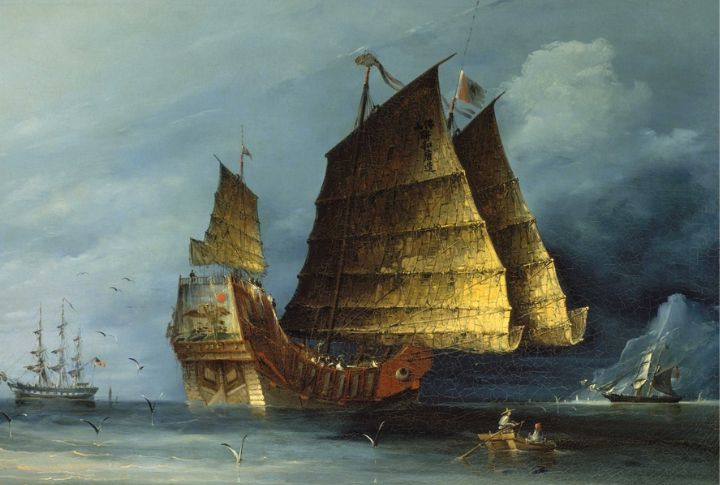
A 19th-century “Titanic of the East,” the Tek Sing sank in 1822 with over 1,600 souls aboard. Overloaded with Chinese immigrants seeking a better life, the ship struck a reef and disappeared beneath the waves. Its treasure-filled wreck was discovered hundreds of years later.
The SS General Slocum

A routine excursion turned horrific in 1904 when the SS General Slocum caught fire in New York’s East River. Lifeboats were rotted through, life jackets crumbled on impact, and over 1,000 passengers (primarily women and children) never made it back to shore. Safety laws changed, but the heartbreak remains.
The Taiping
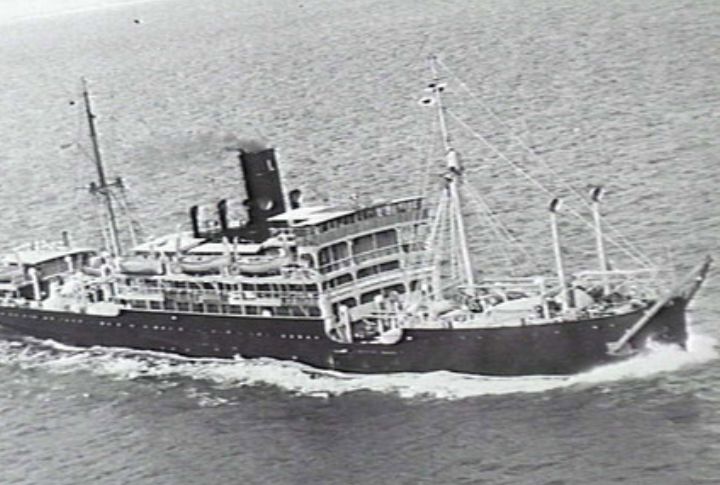
In the chaos of China’s civil war, the Taiping disaster occurred on January 27, 1949. Bound for Taiwan, it collided with the cargo ship Chienyuan in the Zhoushan archipelago. It claimed over 1,500 lives. Yet another tragedy during wartime turmoil.
The SS Yarmouth Castle

On November 13, 1965, the SS Yarmouth Castle caught fire from a mattress placed near an electrical switch in an overheated storage room, turning into a floating inferno. Flames spread through wooden interiors, overwhelming firefighting efforts. Lifeboats were insufficient, and 90 people perished.

